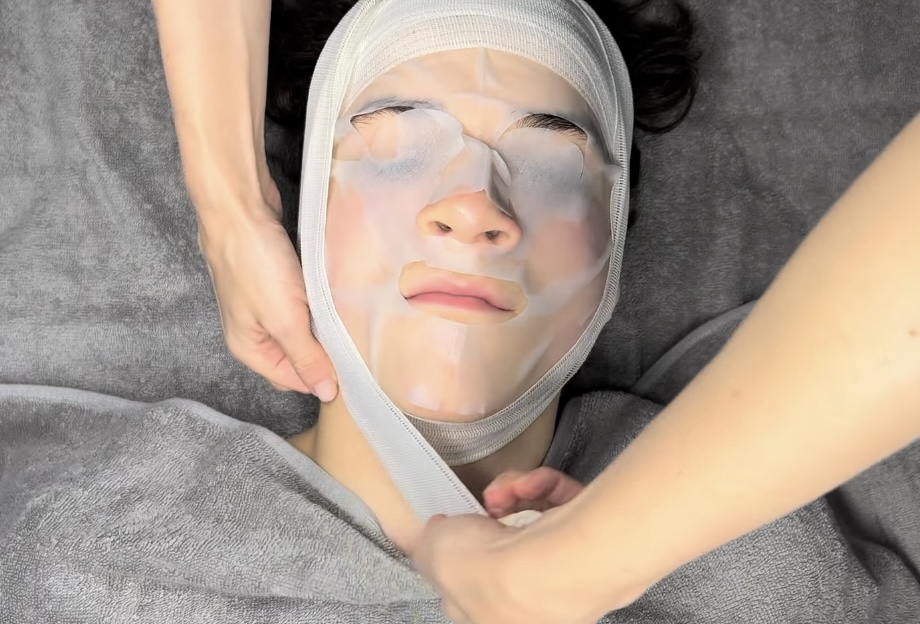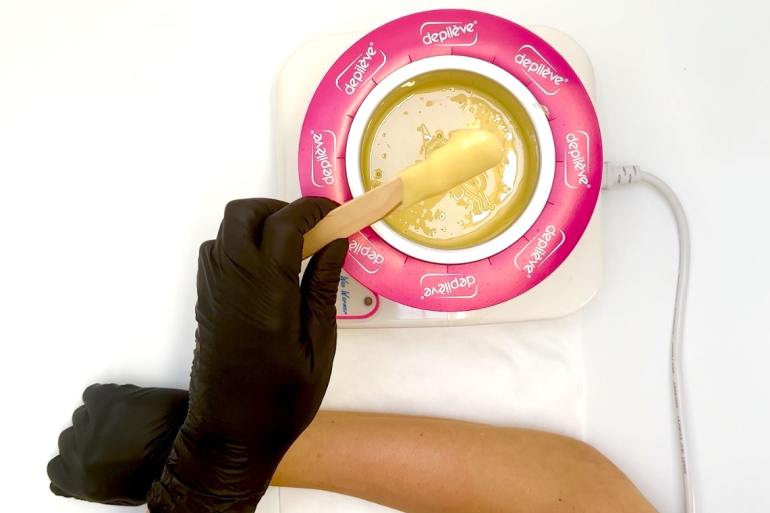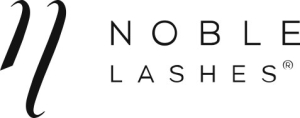If you want to grow your skills at your own pace and truly invest in your future — you’re in the right place. Thousands of students have already chosen Beauty Expert Online to gain internationally recognized beauty qualifications. Our online programs reach students in over 200 markets worldwide, giving access to modern, flexible beauty education — no matter where you live.
Advanced Facial Manual Therapy – How It Works and Why It Transforms the Skin

Advanced facial manual therapy is rapidly becoming one of the most respected, science-based approaches in modern aesthetics. Instead of focusing solely on the skin surface, these methods work through the deep layers — fascia, muscles, joints and the nervous system — creating structural, metabolic and functional changes that traditional treatments cannot achieve. This article breaks down how these techniques work, why they deliver visible rejuvenation, and what makes them a cornerstone of contemporary skin clinic protocols.
What Is Advanced Facial Manual Therapy?
Facial manual therapy is an umbrella term covering multiple evidence-based techniques targeting the musculoskeletal, fascial, lymphatic and neuromuscular systems of the face. Unlike traditional cosmetic treatments, which focus on the epidermis, manual therapy interprets the face as a biomechanical structure influenced by:
- posture and cranial alignment
- muscle tension and imbalance
- fascial restrictions
- lymphatic stagnation
- joint dysfunction within the TMJ and craniofacial system
By stimulating receptors in the skin, fascia and periosteal layers, these therapies improve circulation, neuromuscular tone, metabolism and tissue oxygenation — which directly reflects on skin quality and facial contours.
Key Techniques Used in Professional Manual Facial Therapy
Advanced facemodeling-based protocols often include:
- deep tissue and myofascial work
- interplastical and transbuccal techniques (inside-mouth work)
- lymphatic and neuromuscular stimulation
- osteopathic facial mobilizations
- esthetic rehabilitation methods
- acupressure on periosteal points
These modalities influence not only muscle tone but also the deeper causes of asymmetry, swelling, bruxism, TMJ dysfunction or restricted glide between tissue layers.
Science-Backed Benefits of Manual Facial Therapy
1. Improves muscle balance and facial symmetry
Deep work on the masseter, zygomaticus, buccinator, orbicularis oris and neck muscles supports proper biomechanics and reduces compensatory tension patterns.
2. Stimulates fascia for better contour and elasticity
Fascial adhesions limit movement and create uneven tension. Manual therapy restores glide, improving natural lifting and overall facial harmony.
3. Enhances microcirculation and lymphatic flow
Better vascular and lymphatic function reduces puffiness, brightens the complexion and supports cellular repair.
4. Supports TMJ function and reduces bruxism-related symptoms
Transbuccal and intraoral work decreases hypertonicity and improves joint mechanics.
5. Boosts skin metabolism and collagen quality
Indirect stimulation of fibroblasts contributes to long-term improvements in skin texture, firmness and tone.

How Manual Therapy Differs From Cosmetic & Invasive Procedures
While both aim to improve the appearance of the face, manual therapy works through physiological regulation, not mechanical filling or paralysis.
Manual therapy:
- restores natural muscle function
- improves structure from the inside
- supports tissue health and regeneration
- provides long-term changes through biomechanical correction
Invasive treatments:
- work quickly but mechanically
- do not address functional causes
- may weaken muscles over time
- require repeat sessions
The two worlds do not exclude each other — but professionals increasingly see manual therapy as the foundation for healthy, long-term results.
Advanced facial manual therapy is more than a cosmetic treatment — it is a restorative, science-based approach that addresses the biomechanics, tension patterns and functional imbalances shaping the face. By working through fascia, muscles and the nervous system, these techniques deliver natural lifting effects, improved symmetry and a visible rejuvenation that starts from inside the tissues. As global demand for non-invasive, long-lasting solutions grows, manual therapy stands out as one of the most comprehensive methods available in modern aesthetics.











